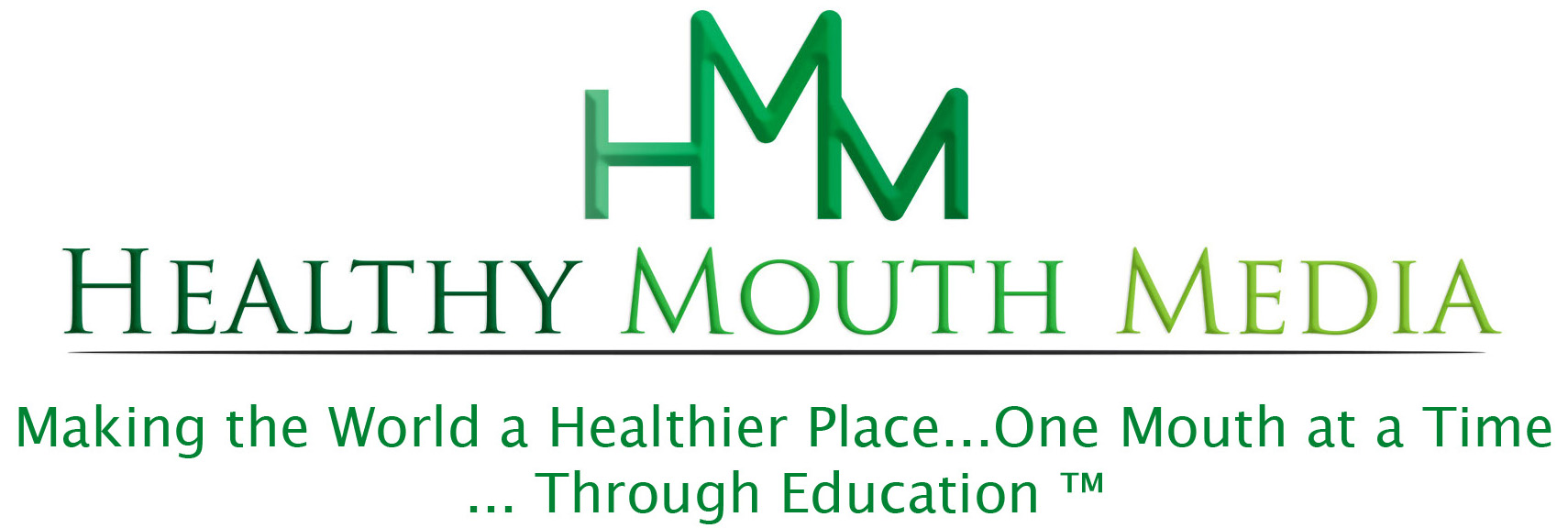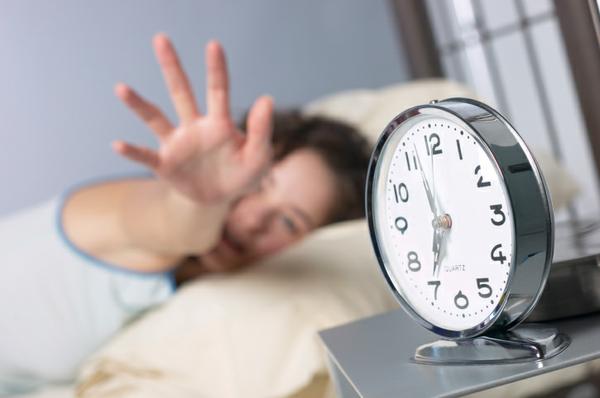We are all ‘guinea pigs’ for this experiment.
Think of Daylight Saving Time as a global experiment to study the effects of acute minor sleep deprivation and the disturbance of our natural circadian rhythm. And we are all guinea pigs for this experiment.
Every year in over 70 countries around the world,1 about a quarter of the world’s population (1.5 billion people), ‘spring forward’ and ‘fall back’ for daylight saving time (DST), losing or gaining one hour.
In the US it happens on March 13th this year when we lose an hour. This artificial changing of our clocks causes what scientists have labeled “social jet lag” because it disrupts our natural body rhythm that is based on daylight.
How much difference could one hour really make? As it turns out – a LOT!
A great deal of research has been conducted on the health effects of Daylight Saving Time. Many researchers from countries around the world have advocated strongly for abolishing it completely because of the harm it does to our bodies and brains.
Social jet lag is the chronic misalignment between the timing of demands for work, school, or other obligations versus our innate circadian rhythm. Studies show that social jet lag is associated with an increased risk of cardiovascular disease (heart attacks and strokes), obesity, metabolic syndrome, traffic accidents and increased cortisol levels in as well as depression 2. Additional studies show it is associated with traffic accidents and increased levels of cortisol (the stress hormone), as well as depression.
Perhaps the biggest overall effect is that by altering the ‘time’ we experience daylight hours, we artificially alter our natural circadian rhythm that is driven by light exposure. It can put our biological clocks out of sync for up to 8 months a year because our brains are controlled by our circadian rhythm, not the clock on the wall. This impacts energy and alertness 3 and so much more.
All because we lose one hour of sleep.
Changing over to Daylight Saving Time increased night-time restlessness, which, in turn, reduced the quality of sleep.4 Other researchers reported that, on average, adult sleep is reduced by 40 minutes the first night, with sleep time gradually normalizing over about a week. The sleep loss is potentially greater for children, particularly those with autism. 5
Here’s what Beth Ann Malow, MD, an expert on autism and sleep from Vanderbilt University, along with co-authors, said in a paper published in 2020 in JAMA Neurology 6, where they made a case for ending DST. “While some people have more flexible circadian rhythms, children, particularly those with autism can be affected for weeks or months.”
Another report quotes Dr. Malow on this research:
“People think the one-hour transition is no big deal, that they can get over this in a day but what they don’t realize is their biological clock is out of sync.” Dr. Malow is the Burry Chair in Cognitive Childhood Development, and professor of Neurology and Pediatrics in the Sleep Disorders Division at VUMC.”
Changing the clock increases your chance for a heart attack – or stroke
In an analysis of over 150 million patients in the US using the IBM Watson Health MarketScan insurance claim data, many findings of previous research were confirmed, such as an increase in strokes and heart attacks. 7, 8 In another study, there was an increase of 3.9% in acute myocardial infarction (AMI) rates during the first 7 days after the change to DST 8,9
The researchers estimated that each spring DST shift is associated with 150,000 negative health effects in the US and 880,000 globally.10
…And increases your chance of an accident
On the Monday following the change to DST (Spring) there were more work–related injuries and those injuries were more severe. This was attributed to workers sleeping 40 minutes less than on other days. This loss of sleep, while gradually becoming less through the week, resulted in an average of over 3.5 hours of total lost sleep. 11
Similarly, fatal traffic accidents increased by 6% on the Monday following the change to DST. This change resulted not only in less sleep, but also in a change in amount of outdoor the light during commuting hours. The mornings were suddenly darker than the day before the change. 12
In yet another study of traffic accidents, there was an increase of 16% the Monday after DST and 12% on Tuesday.13
Stressed out about losing that hour of sleep?
For each hour later that the sun rose (for example, 1 hour during the spring change to DST) there was an almost 5% increase in median levels of cortisol (the stress hormone). This important finding is consistent with the research that indicates light is the major factor that provides the stimulus for setting or resetting the biological clock of an organism. Our human circadian cortisol rhythm is affected by this. The data from this study suggest this rhythm is resistant to the arbitrary changes between clock time and daylight saving time.14
Our bodies don’t care what the clock says. Our bodies care about our circadian rhythm.
Sleep disruptions can affect obesity, diabetes, metabolic syndrome – and depression.
Another study demonstrated that living “against the clock” may be a factor contributing to the epidemic of obesity. This important factor should be taken into consideration when discussing whether or not to keep Daylight Saving Time. It is also a factor in the amount of ‘social jet lag’ encountered by workers, school children and teachers. The authors concluded “Our data suggest that improving the correspondence between biological and social clocks will contribute to the management of obesity.” 15
Another study looked at the association between social jet lag, metabolic syndrome and type 2 diabetes in an under-60 population. Their conclusion was that circadian misalignment disrupted the hypothalamic-pituitary-adrenal (HPA) axis. This is associated with obesity and metabolic syndrome. This disruption also affects the process that controls glucose homeostasis. They concluded, “Overall, these data suggested that the effect of social jet lag is driven by visceral obesity and glucose homeostasis rather than cardiovascular parameters.” 16
A similar study found that “misalignment of sleep timing is associated with metabolic risk factors that predispose to diabetes and atherosclerotic cardiovascular disease”. 17
Reduced sleep and poor sleep quality significantly correlate with the risk for insulin resistance.18 As another study concluded, “On each of the outcomes studied, sleep duration was frequently more strongly associated with these health risks than other covariates. These findings suggest a 7-8 hour sleep duration directly and indirectly reduces chronic disease risk.” 19
And finally (and not surprisingly) depression is associated with misalignment of our circadian rhythm and social jet lag, especially in 31 to 40 year-olds. 20
Conclusion:
The subject of Daylight Saving Time is hotly debated around the world, primarily by politicians. Many scientists, researchers and physicians have some very clear, research-backed beliefs that humans were meant to live by our biological clocks, not some arbitrary – and outdated – artificial manipulation of time.
The American Academy of Sleep Medicine (AASM) has this to say:
“The last several years have seen intense debate about the issue of transitioning between standard and daylight saving time. In the United States, the annual advance to daylight saving time in spring, and fall back to standard time in autumn, is required by law (although some exceptions are allowed under the statute).
An abundance of accumulated evidence indicates that the acute transition from standard time to daylight saving time incurs significant public health and safety risks, including increased risk of adverse cardiovascular events, mood disorders, and motor vehicle crashes. Although chronic effects of remaining in daylight saving time year-round have not been well studied, daylight saving time is less aligned with human circadian biology—which, due to the impacts of the delayed natural light/dark cycle on human activity, could result in circadian misalignment, which has been associated in some studies with increased cardiovascular disease risk, metabolic syndrome and other health risks. It is, therefore, the position of the American Academy of Sleep Medicine that these seasonal time changes should be abolished in favor of a fixed, national, year-round standard time”.21 [emphasis by HMM article’s author]
References:
1 https://pubmed.ncbi.nlm.nih.gov/23477947/
2 https://jcsm.aasm.org/doi/10.5664/jcsm.8780
3 https://www.healtheuropa.eu/daylight-saving-time-effects-on-health/94593/
4 https://bmcphysiol.biomedcentral.com/articles/10.1186/1472-6793-8-3
5 https://pubmed.ncbi.nlm.nih.gov/19702372/
6 https://jamanetwork.com/journals/jamaneurology/article-abstract/2753446
7 https://www.ncbi.nlm.nih.gov/pmc/articles/PMC7302868/
8 https://www.sciencedirect.com/science/article/abs/pii/S1389945716302222?via%3Dihub
9 https://pubmed.ncbi.nlm.nih.gov/22285108/
10 https://pubmed.ncbi.nlm.nih.gov/18971502/
11 https://pubmed.ncbi.nlm.nih.gov/19702372/
12 https://pubmed.ncbi.nlm.nih.gov/32008905/
13 https://pubmed.ncbi.nlm.nih.gov/29223028/
14 https://pubmed.ncbi.nlm.nih.gov/24156521/
15 https://doi.org/10.1016/j.cub.2012.03.038
16 https://journals.sagepub.com/doi/10.1177/0748730417713572
17 https://academic.oup.com/jcem/article/100/12/4612/2536396
18 https://pubmed.ncbi.nlm.nih.gov/18517034/
19 https://pubmed.ncbi.nlm.nih.gov/20621406/
20 https://www.tandfonline.com/doi/full/10.3109/07420528.2011.602445
21 https://jcsm.aasm.org/doi/10.5664/jcsm.8780

